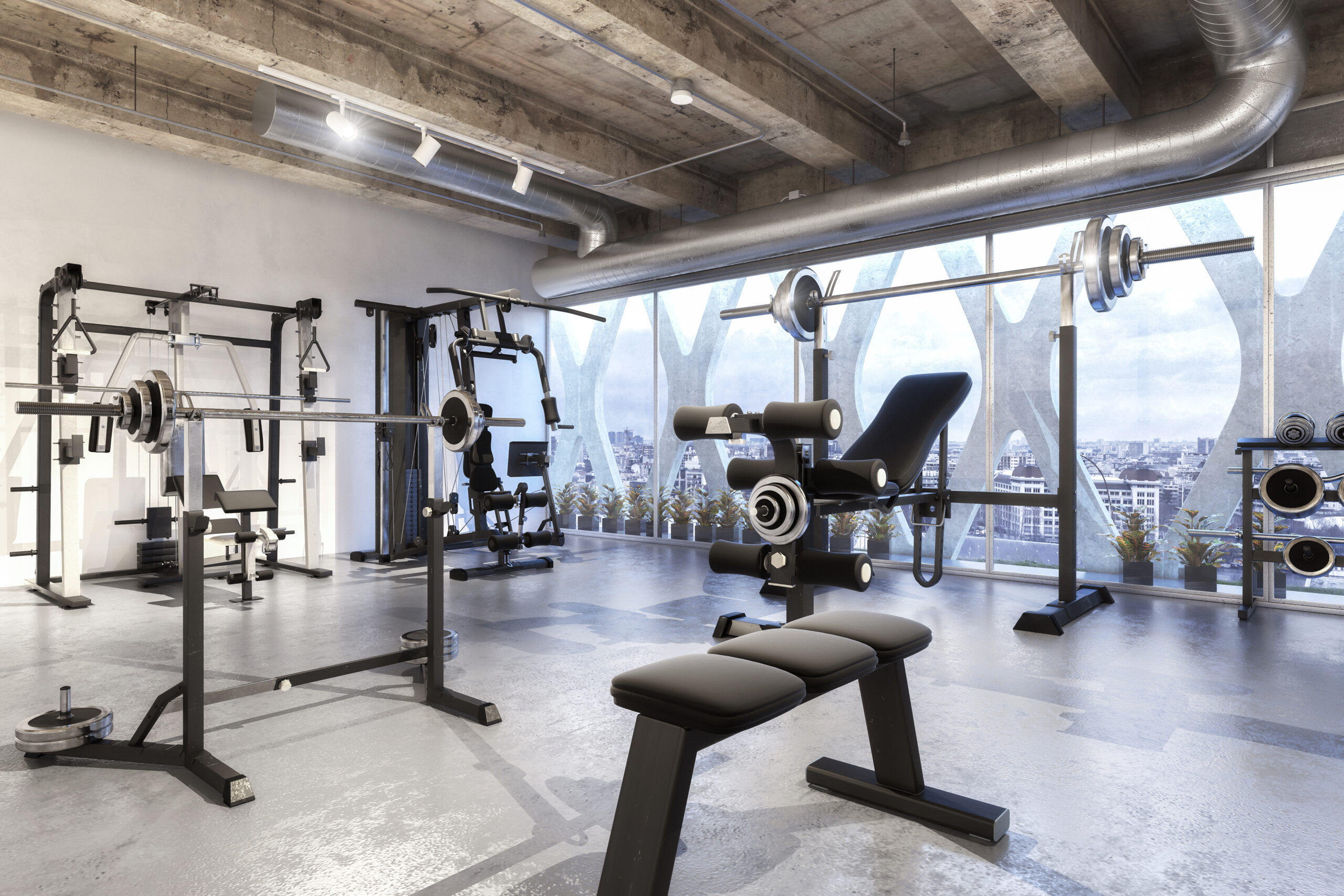The fitness world is evolving fast. We’ve moved from traditional gyms to boutique studios, and now, we’re on the cusp of something even bigger: Fitness Franchising 2.0. As someone who’s spent time both in the fitness trenches and the business boardroom, I’ve had a front-row seat to this shift. I started as a personal trainer in my twenties, and today, I’m building a brand—Kommunity Fitness—that’s designed to meet the needs of a more modern, more connected fitness consumer.
The next generation of fitness studios isn’t just about equipment and square footage. It’s about experience, community, and integration. It’s a bold rethinking of what it means to belong to a gym and how franchising can scale that connection without losing its soul.
Why Boutique Fitness Still Wins
First, let’s talk about why boutique fitness exploded in the first place. People were tired of the one-size-fits-all gym model. They wanted community, energy, structure, and purpose. Studios like Barry’s, SoulCycle, and F45 didn’t just sell workouts, they sold experiences. You walked in, got greeted by name, and left drenched in sweat but smiling. It was emotional and immersive.
This is still true today. In fact, that craving for connection and accountability is even stronger post-pandemic. People want something real. They want fitness that fits their lifestyle, delivers results, and makes them feel like they’re part of something bigger than themselves.
But now, consumers also want flexibility, smart tech, and premium design without losing that human touch. That’s where the next version of fitness franchising is headed.
What Fitness Franchising 2.0 Looks Like
As the industry matures, Fitness Franchising 2.0 is about blending personalization, technology, and hospitality to create hybrid fitness ecosystems that can scale. Here’s what I see coming next:
1. Video-First Studio Models
Technology has caught up with fitness in a big way. Think high-quality, pre-recorded workouts led by elite coaches, displayed in immersive, cinematic studio settings. This allows for consistency, affordability, and scalability across franchises, while still creating a high-end feel. That’s one of the foundations of Kommunity—we’re leading with curated video programming that delivers the energy of a top-tier instructor, whether you’re in Vancouver or Palm Desert.
2. Data-Driven Results
Wearables, heart rate monitors, and performance tracking aren’t just for elite athletes anymore. The next generation of studios will incorporate these tools seamlessly, giving members personalized progress reports, real-time feedback, and even predictive performance coaching. It’s fitness meets accountability, backed by real data.
3. Luxury Without the Pretense
Fitness consumers are savvy—they expect polished design, clean aesthetics, and modern amenities, even in a group setting. But they also want warmth. The most successful franchises moving forward will strike that perfect balance between upscale and approachable.
4. Built-In Community Models
People don’t join gyms—they join tribes. Studios that intentionally build community through challenges, events, digital groups, and social integrations will create stickier memberships. Fitness is emotional, and brands that make people feel something will win.
5. Operational Efficiency and Franchisee Support
Great franchise models are replicable, support-heavy, and simple to operate. That’s what attracts great operators. Whether it’s centralized programming, automated systems, or backend tech that makes staffing easier, Fitness 2.0 studios will offer plug-and-play solutions that allow franchisees to focus on member experience, not admin headaches.
Why This Shift Matters
This isn’t just about fitness. It’s about creating wellness destinations that people love to be a part of—spaces that feel as engaging as your favorite coffee shop but with better lighting and burpees.
From an investor and entrepreneur perspective, this shift is massive. Boutique fitness used to be viewed as “nice to have,” but now, it’s a scalable, sustainable business model—especially when combined with digital infrastructure. The total addressable market for fitness is growing, and the ability to franchise high-touch experiences across cities, regions, and even countries is more viable than ever before.
After the last few years, people aren’t just working out for abs. They’re working out for clarity, mental health, confidence, and community. That emotional ROI is what makes this space so impactful.
Why I’m All In
When I launched Kommunity, it wasn’t just to start another gym. It was to take everything I’ve learned—about building teams, investing in wellness, and connecting with consumers—and create a fitness brand that truly meets people where they are.
We’re not trying to reinvent movement. We’re reinventing how it’s delivered, how it’s scaled, and how it feels. And the feedback has been incredible. We’ve already launched a second location in Kitsilano and have bold goals for expansion across North America.
We’re focused on building a brand that’s frictionless to operate, magnetic to join, and powerful to grow with. Because I truly believe the future of fitness isn’t about more gear or more volume—it’s about more meaning.
Final Thoughts
Fitness franchising is evolving, and fast. The brands that thrive in this next chapter will be the ones that blend digital and physical, that lead with experience, and that stay relentlessly focused on people first.
If you’re a founder in this space, a potential franchisee, or even just someone passionate about fitness, remember: it’s not just about workouts. It’s about impact. It’s about building something that moves people literally and emotionally.
And for those of us building in this next wave, the challenge is clear: create something that’s not just scalable, but unforgettable. That’s Fitness Franchising 2.0. Let’s build it.
